Subscription the only way to monetise a large audience in OTT biz: Vishnu Mohta, Hoichoi
Bengali OTT streaming service hoichoi has completed three years since its launch in 2017. As it begins its 4th year, the OTT player reports for the first time that it has 13 million paid subscribers, reveals 2X growth in revenue in the past year, and boasts of a library of content comprising of 60 Original Web Series, 14 Original Films and over 500 Movies.
Also read: This is the time to really go back and offer value to the customers: Suparna Mitra
During the launch, the platform unveiled its slate for 2020 and plans to add 25 new Originals, 2 First Day First Show films and multiple World Digital Premiere Movies. hoichoi also revealed their new UI/UX design and is in the process of recreating its apps and website by to further enhance the experience of customers on the platform. A Parental Control feature will soon be added following hoichoi becoming one of the 15 OTT platforms who have signed up for a self-regulation code under IAMAI.
The platform has subscribers from over 100 countries, including Japan, Sweden, Argentina, Iceland and more. The platform announced Carrier Billing – an affordable way to consume hoichoi in the form of sachet pricing so that users can buy a hoichoi subscription for a week or a month by paying with their mobile balance. This will soon be available for users in Bangladesh and Middle East. There’s also Subscription Bundling specifically for customers in India with Jio Fiber and in Bangladesh with a leading telecom network.
In conversation with Adgully, Vishnu Mohta, Co-Founder of hoichoi, speaks about the platform’s local strategy with a global outlook. Edited excerpts…
You’ve always looked at the global Bengali audience as a potential base for the platform. Why did this strategy make sense for a native language OTT service?
There are 250-300 million Bengali speaking audiences globally. There are 98-100 million Bengali speakers in India and 180 million Bengali speakers in Bangladesh. There is a slight tonality difference, but it is the same language much like English spoken in the UK and US. Then there is the diaspora of Indian and Bangladeshi Bengalis in most countries. We always thought the Internet is a liberating medium and it can be accessed globally in real time, so distribution was taken care of. In the case of a movie theatre, the cinema hall has to be there locally for people to consume content. In the case of broadcasting, the channel should be available to be able to consume the content.
From what I’ve seen online, Bengali is the 6th most spoken language in the world. What we forget about is Bangladesh, which only speaks in Bengali. There are no Hindi speakers and only a small percentage of the population speaks English. It is the 8th most populous country in the world and is Bengali speaking. In fact, the diaspora of Bangladeshi’s abroad is even higher than Indian Bengalis. This is what is missed when you think only from an India centric lens.
What was your strategy to get global distribution and marketing in place?
We believe in sound brand recall through referrals. If you put out great content and movies on your platform exclusively, then that is the best word of mouth you can get. We wanted Hoichoi to be the default place where people can consume anything they want in Bengali.
The distribution part is solved by the Internet, but we always made sure we worked with key partners to get closer to the customer from a marketing as well as distribution point of view. Jio Fiber is an example of that. We are working with telecom companies globally, especially Bangladesh and the Middle East where the carrier and bundling is really big to get closer to the customer. So, I believe a distribution partnership with telcos can be really powerful because it allows both the players to play to their strengths.
We are unique in a way that we make all our big announcements in one event during the year much like the technology companies. Every year we do the events physically, but this year we are doing it virtually. We try to bring as much insight about what we are up to in the coming year beforehand. We work with customers, influencers, partners and celebrities to get that message across.
One of the reasons is that we’ve insisted on working with the biggest celebrities and directors in our space. This is because they have a massive following and influence. As far as the Bengali community goes, SVF Entertainment is the biggest content producer and has been for the last two decades. That is something we leverage to market hoichoi to the last customer base. That’s part of our marketing and we’ll do a lot of outdoor and online marketing, but our marketing proposition is always quirky. ‘Hoichoi’ itself means excitement or festive energy and we always wanted to make sure we are distinct, topical and make all the right noises.
There are OTT platforms that offer a mix of content. What made you thing subscribers especially global subscribers would be willing to pay for only Bengali content?
The thing we forget at times is that language is the biggest barrier. Even though you have an ‘Avengers’ or an ‘Avatar’, the Hindi, Bengali, and South film industry still exists. Just because they are spending millions of dollars in making films doesn’t mean they are the only films that get made in the world. Look at television, while we see ‘Game of Thrones’, etc., we watch Indian content also like ‘Sacred Games’. Language is very native and personal to every individual. While we are globally exposed, irrespective of strata of society and education, language is extremely important while consuming content like consuming food. That’s the way we think about it. If you have great content in any language, the audience finds a way to pay for it. So, we’ve always had a subscription model even though people said in India the market is not there for paid subscribers three-four years back. Today, every platform has got a subscription mindset. The majority of platforms now have a subscription play, even the ones who had both subscription and free service. Subscription is the only way to monetise a large audience in this business outside of Facebook, Google couple of others. You can’t put your premium movies and advertisements on a free service, no producer will allow you to do that. If you wanted to make the latest film available on digital, you can’t do it free of cost. The producer would never allow you.
There is a distinction between premium content and non-premium content, which is available for free, and we always wanted to work with premium content because that’s what we knew we had the biggest catalogue of Bengali films. We wanted to make great shows with very high budgets and we could only monetise through subscriptions. Now, nobody says people aren’t willing to pay for content, because it is not why they are not willing to pay, it is about what they are willing to pay for.



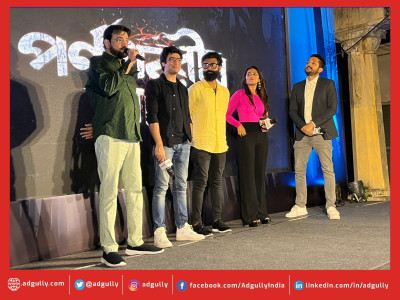
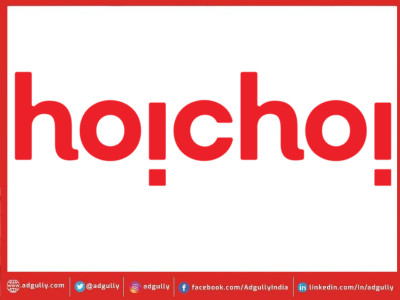

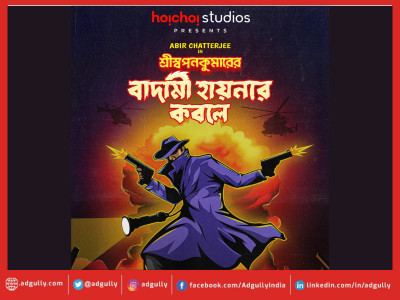
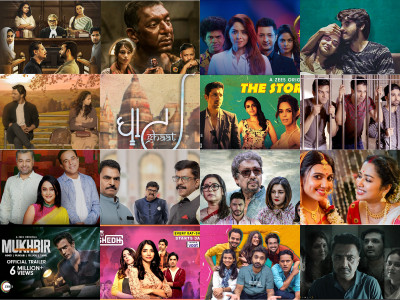


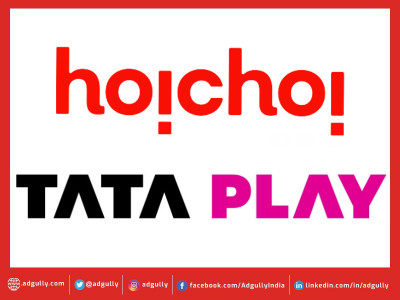

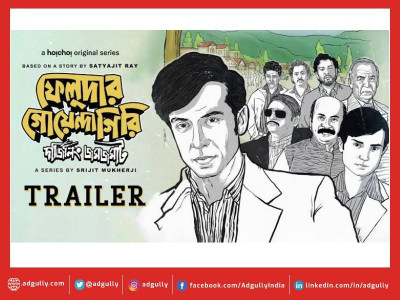
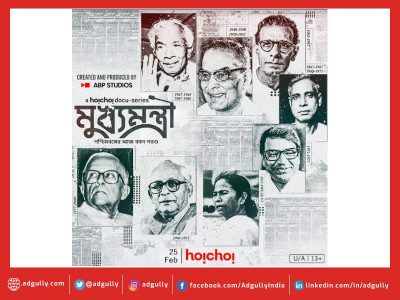
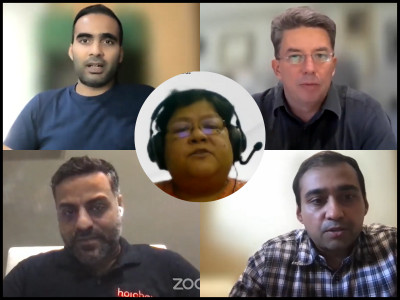

Share
Facebook
YouTube
Tweet
Twitter
LinkedIn